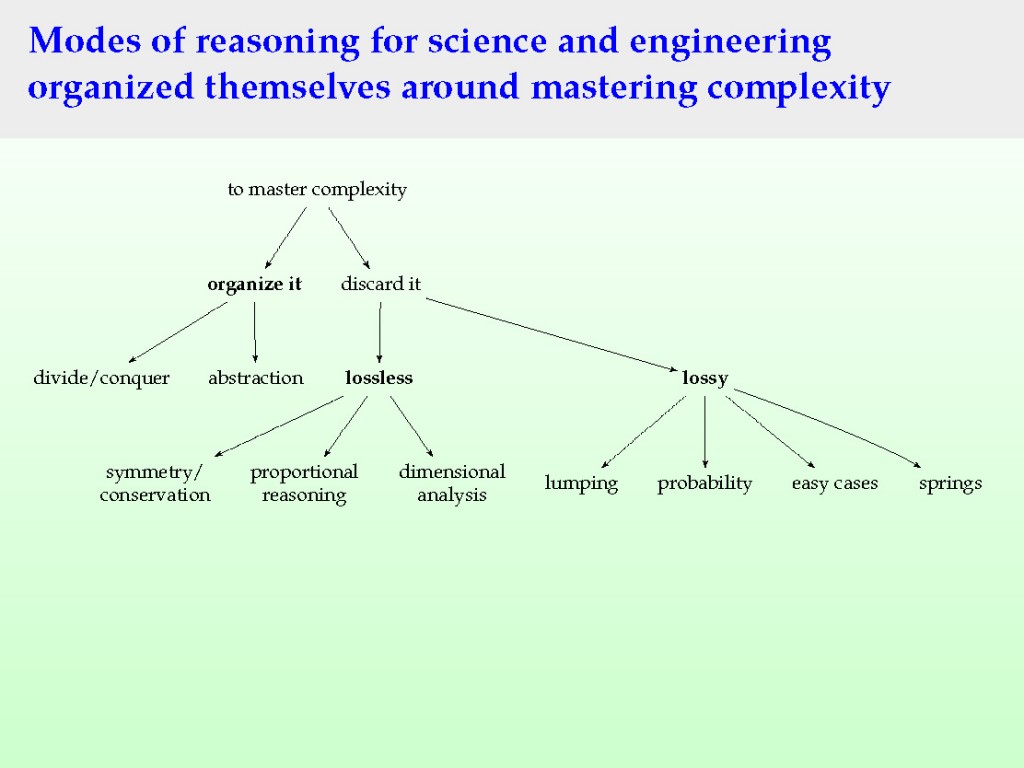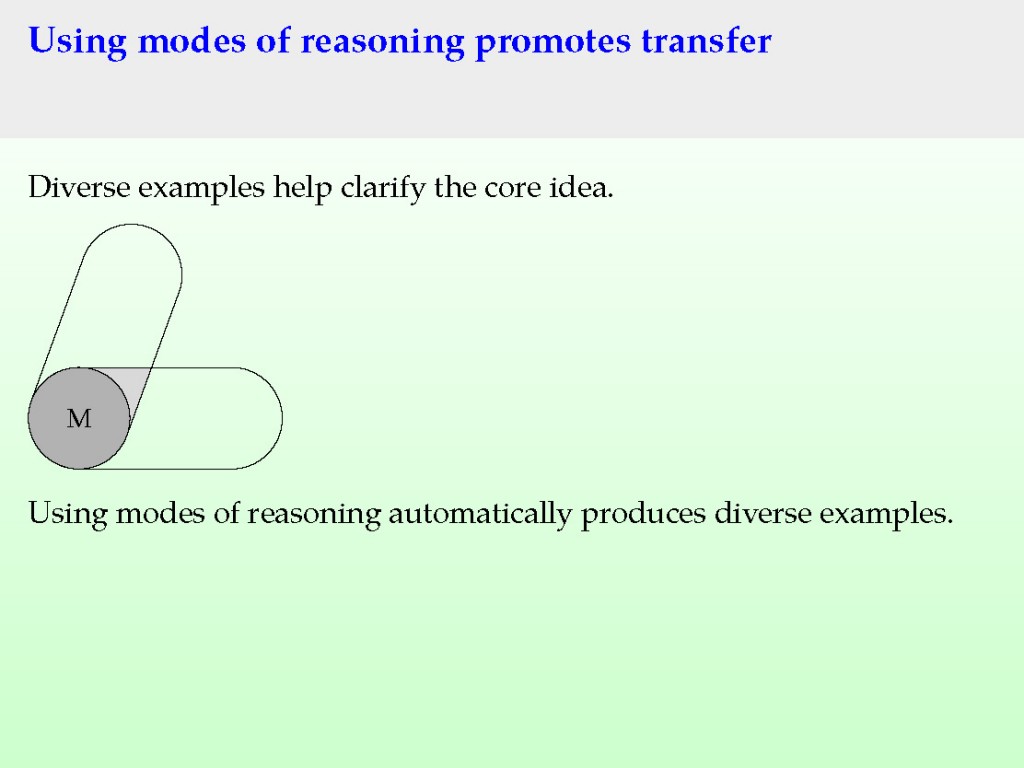 Professor Sanjoy Mahajan
Professor Sanjoy Mahajan
Title: Teaching modes of reasoning: Redesigning “The Art of Approximation in Science and Engineering” course around transferable ways of thinking
Seminar Date & Time: Thursday, February 27, 2014 @ 1:30 pm
View the slides from Professor Mahajan’s Seminar
Listen to the audio from Professor Mahajan’s Seminar
Sanjoy Mahajan is Visiting Associate Professor of Electrical Engineering at MIT, and Associate Professor of Applied Science and Engineering at Olin College of Engineering. For many years, at Cambridge and MIT, Prof. Mahajan taught the Art of Approximation in Science and Engineering (6.055J/2.038J). In his seminar, titled “Teaching modes of reasoning: Redesigning ‘The Art of Approximation in Science and Engineering’ course around transferable ways of thinking”, Professor Mahajan discussed how he Fourier transformed the course, rotating it 90 degrees so that the modes of reasoning became the primary, transferable units, and the topics became their illustrations.

Figure 1. All of the modes of reasoning for science and engineering organized themselves into a tree focused on mastering complexity.
Professor Mahajan has taught the Art of Approximation in Science and Engineering for many years. While the topics covered in the course were diverse, he unfortunately realized that a student may never use them again. In contrast, the student would use the modes of reasoning, or the methods to think about a problem, again. Thus began Prof. Mahajan’s process of redefining and refocusing the course around modes of reasoning. By organizing the course around modes of reasoning, Professor Mahajan shared that the course becomes finite, it promotes transfer of concepts and material to the student, and promotes long-lasting learning.
The course is finite. When the course was organized around topics, Prof. Mahajan could add more and more topics; finding a stopping point was incredibly difficult. However, there is only a limited number of modes of reasoning. While determining the modes of reasoning for his course, Prof. Mahajan realized that they fell into two organizing modes of reasoning: (1) Abstraction and (2) Divide and Conquer. This then left another group of modes of reasoning, which were all focused on discarding information. The discarding modes of reasoning could be subdivided into lossy modes of reasoning, where you throw away “real” information, and lossless modes of reasoning, where it doesn’t matter if something is thrown away. At this point, Prof. Mahajan had created a finite number of modes of reasoning that were able to be organized into a modes of reasoning “tree” based on mastering complexity (Figure 1).
Modes of reasoning promote transfer. Now each mode of reasoning has a clear place within the mastering complexity “tree” (Figure 1) and multiple topics can be used to illustrate each mode of reasoning. For example, the divide and conquer mode of reasoning can be illustrated with several diverse examples, including approximating the number of barrels of oil imported by the United States in one year and the amount of energy in a 9-volt battery. Prof. Mahajan beautifully illustrated implementation of these questions during active learning sessions in his seminar to clearly demonstrate how multiple diverse examples focused on the same mode of reasoning serve to promote transfer and understanding of the concept at hand (Figure 2).

Figure 2. Using diverse examples helps to promote transfer and increased understanding of the mode of reasoning.
Modes of reasoning promote long-lasting learning. By teaching modes of reasoning instead of topics, Prof. Mahajan is able to promote long-lasting learning by providing multiple connections between all of the main concepts. For example, the question on the energy in a 9-volt battery is not only a question for the divide and conquer mode of reasoning, but also for dimensional analysis. Another demonstrated example on the speed at which a cone or cones will fall, is an example of symmetry and conservation, but also of proportional reasoning. By focusing on the modes of reasoning, but using the same examples, or variations therein, to illustrate each mode of reasoning, Prof. Mahajan provides vital links or connections between topics. These connections serve to help students create their own mental models and promote life-long learning. By teaching students how to think about and solve a problem, Prof. Mahajan has prepared his students how to solve and approach problems for the rest of their lives.



